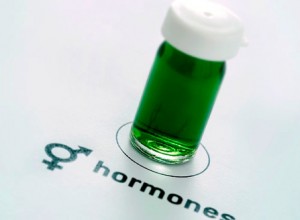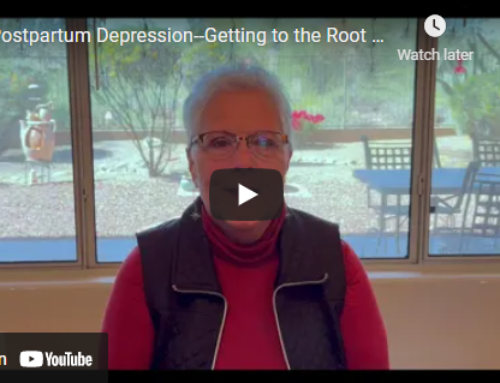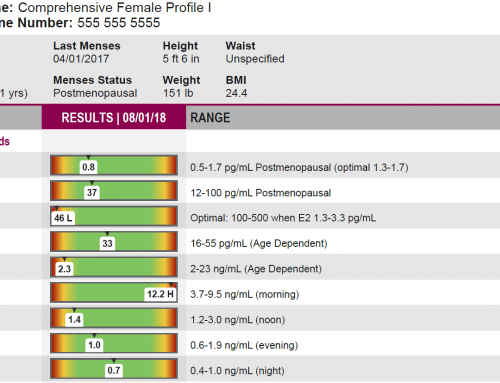
Estrogen dominance is a term that refers to an imbalance of the ratio of estrogen to progesterone in the system. Dr. Tina Marcantel is a naturopathic doctor in Gold Canyon, Arizona, who also serves the greater Phoenix area, including Mesa, Gilbert, Chandler, Tempe, Queen Creek, and Apache Junction.
Insomnia, mood swings, irregular bleeding, irritability, anxiety, water retention, low thyroid symptoms, depression, fat gain (especially around hips, thighs, and abdomen), fibrocystic breasts, uterine fibroids, and low sex drive. If you’re a woman approaching middle age, there’s a good chance that you are experiencing one or more of these symptoms. Often my patients ask me, “Am I going crazy? Why does it seem like my body is rebelling against me?” The answer may be as simple as having too much estrogen in your system—a condition known as estrogen dominance.
Most women are aware that as they enter perimenopause their bodies begin to produce less estrogen. So how is it possible that along with that decrease the body may actually have too much estrogen?
The answer to that question is that estrogen dominance is relative to a progesterone deficiency. A decade or so before actual menopause the woman may stop ovulating, which causes a lack of production of progesterone from the ovaries. Menstrual cycles will continue even without the progesterone so there is no awareness that the lack of progesterone is causing symptoms of hormonal imbalance. In perimenopause and the menopausal and post-menopausal years estrogen levels drop 40-60%, but without ovulation, progesterone output drops to nearly zero.
In Dr. John Lee’s book What Your Doctor May Not Tell You About Menopause, he writes: “Estrogen dominance is a condition in which a woman can have deficient, normal, or excess estrogen, but in the absence of ovulation, little or no progesterone to balance its effects upon the body. When estrogen is dominant and progesterone deficient, estrogen becomes toxic to the body.” * It’s this hormonal imbalance that can result in many of the frustrating symptoms that women associate with menopause.
However, it’s not just middle-aged women who can suffer from estrogen dominance. Younger women can experience it, too, in the form of premenstrual syndrome (PMS). The hormonal imbalance in this case may be linked to toxins, contraceptive use, stress, extremes in diet and exercise, or xenoestrogens found in foods.
Saliva hormone testing combined with a thorough history of symptoms can accurately determine an imbalance of hormones. The results of specific hormone testing coupled with a patient’s symptoms history will provide a basis for an individualized treatment program for the patient. (I’m a real patient advocate when it comes to choosing a testing laboratory—the prices and quality of tests can vary greatly and I spend a good deal of time on “comparison research” before ordering labs for my patients.)
Once a patient’s individual needs have been assessed and a treatment protocol has been started, I’ll closely monitor a patient’s hormone levels with follow-up testing. The goal then is to achieve the proper balance of estrogen and progesterone by supplementing with bioidentical hormone replacement therapy (if needed) and other treatments. The success of the treatment, or course, is measured not only by the hormone levels in the body but also by a reduction of the symptoms that caused the patient to seek help in the first place!
* Lee, John R., MD, and Hopkins, Virginia. What Your Doctor May Not Tell You About Menopause: The breakthrough book on natural progesterone. New York: Warner Books; 1996.
To learn more about estrogen dominance and its effects, view the following videos:
![]() Causes and Symptoms of Estrogen Dominance
Causes and Symptoms of Estrogen Dominance





